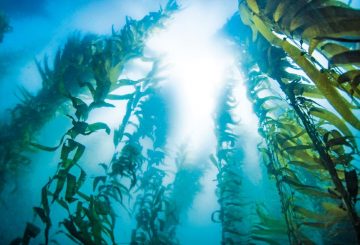ニュージーランドのキウイフルーツの首都として知られるテ・プケの住民は、キウイフルーツの季節を祈るために集まっています。このアイデアは、ワイカト州のある町で酪農の繁栄を祈った人々から発想を得たものです。テ・プケのオーチャード・チャーチは、今年のキウイフルーツの収穫を祈るために、3月14日に約40人の集まりを主催しました。
2024年のテ・プケ・キウイフルーツの祈りの主催者であるジェームズ・ミュアは、ニュージーランドのキウイフルーツ果樹園の 41% がテ・プケにあるため、この産業は地域住民の生活にとって極めて重要であると説明しました。また、果樹園の79%を占めるベイ・オブ・プレンティ地域は、過去に病気、異常気象、受粉不良、国際経済危機によって大きな打撃を受けたと述べました。
2024年の祈りのポイントは、テ・プケの地元生産者とニュージーランド・キウイフルーツ生産者協会(NZKGI)の代表者によって合意されました。その後、NZKGIはニュージーランドの2800のキウイフルーツ生産者全員に、キリスト教の教会がこの産業のために祈っていることを伝え、参加を呼びかけました。
祈りの集まりには地方政府関係者の支援もあり、3月の集会にはジョン・スクリムジャー副市長と故リチャード・クロフォード市議会議員が出席しました。ジェームズ・ミュアは、他にも多くの人が祈りに加わり、その祈りは収穫が終わる6月か7月の終わりまで続くと言いました。
祈りは、生産者とその家族、そしてこの産業に携わる2万人以上の労働者の安全と福祉に焦点を当てています。また、果物の収穫の質の高さ、業界関係者間の円滑な協力、ゼスプリと政府が経済や通貨の問題を監視する上での知恵が得られることを祈っています。また、良好な気象条件と、2024年に予測される収穫量1億9000万トレーの増加も祈っています。
ミュアは来年2月にテ・プケで再び祈りのイベントを開催する予定です。また、現在の収穫期が終わる6月か7月に祝賀行事が開催される可能性についても言及しました。




















































-helped-regain-her-strength-and-balance-using-Nymbl-after-a-fall.-360x245.jpg)









